ARCHAEOLOGY
Brie Stimson
Fri, June 14, 2024
Nearly 1,000 cultural relics have been recovered from shipwrecks dating back to the Ming Dynasty — from 1368-1644 — including porcelain and pottery, copper coins, and deer antlers, China’s National Cultural Heritage Administration (NCHA) said in a release Thursday.
The underwater excavation of the shipwrecks began last year and shows that people from the Ming Dynasty used the South China Sea, known as the ancient Maritime Silk Road, as an important trade route, Guan Qiang, deputy head of the NCHA, said.
The wrecks were first discovered in 2022, roughly 5,000 feet below the surface near the northwest continental slope of the South China Sea.
A total of 890 relics like coins, pottery and porcelain were found in the first shipwreck and 38, including pottery, porcelain, turban shells and lumber, were excavated from the second wreck.
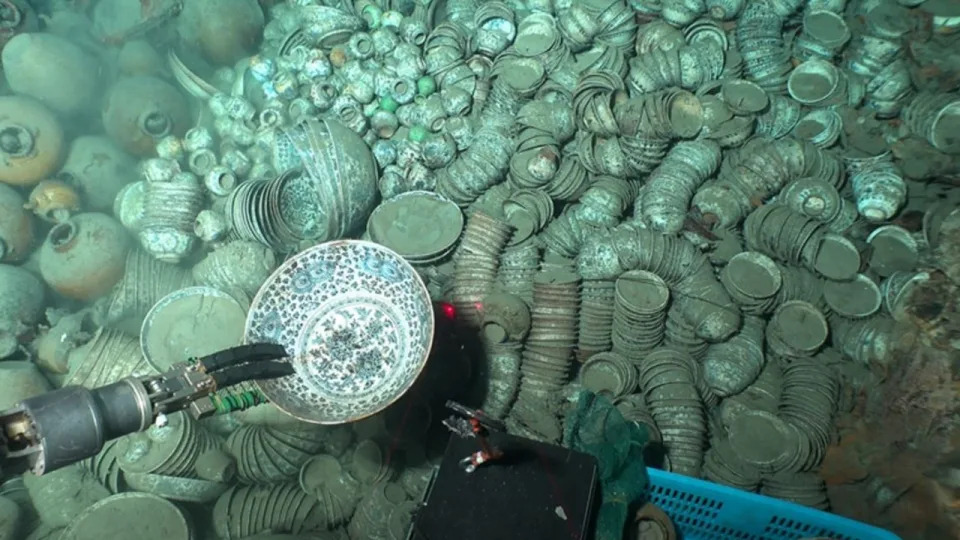
A total of 890 relics like coins, pottery and porcelain were found in the first shipwreck and 38, including pottery, porcelain, turban shells and lumber, were excavated from the second wreck.
The excavators used the manned Deep Sea Warrior submersible to retrieve the items from the shipwrecks.
The first ship appeared to mainly export porcelain while the second imported wood.
The ships were found 10 nautical miles apart, according to FOX Weather.

The excavators used the manned Deep Sea Warrior submersible to retrieve the items from the shipwrecks.
"The well-preserved relics are of high historical, scientific and artistic value. It may be a world-class archaeological discovery in the deep sea," Yan Yalin, China’s State Administration of Cultural Heritage archaeological director said after the ships were first discovered.
CARVINGS ON ANCIENT STONE DISCOVERY LEAVE EXPERTS IN AWE
A preliminary judgment of the cultural relics found in the water after the ships were discovered shows they are believed to be from the Zhengde period of the Ming Dynasty from 1506 to 1521.
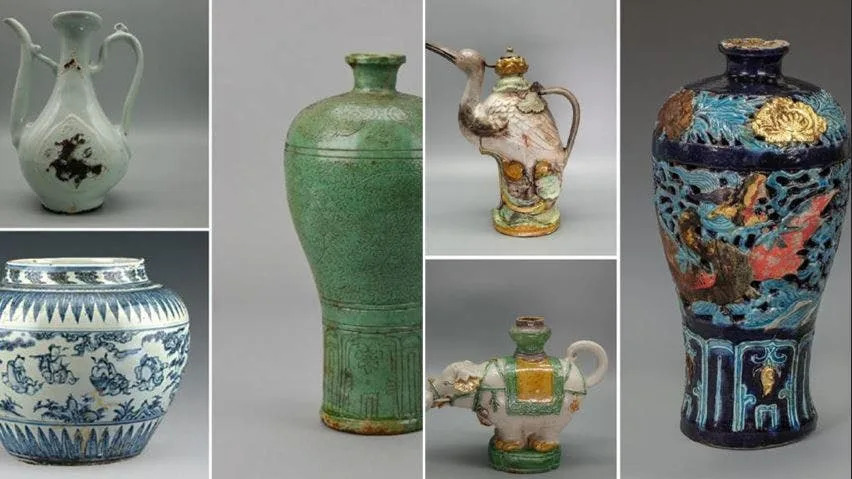
Some of the relics found on two Ming Dynasty-era shipwrecks.
Numerous logs were also found, which were of similar size and neatly stacked, on the other ship. Some items on this ship possibly dated back to the reign of Emperor Hongzhi (1488-1505).
The agency said it was the first time ancient ships sailing and returning to the same sea area had been discovered in the country.
The excavation of the shipwrecks is connected to China's territorial claims on the South China Sea with its "nine-dash-line" policy, which has been disputed in international court.
FOX Weather's Chris Oberholtz contributed to this report.
Ancient Chinese Shipwrecks Reveal Priceless Treasures Dating Back to the Ming Dynasty
Chris Malone Méndez
MENS JOURNAL
Fri, June 14, 2024
Fri, June 14, 2024
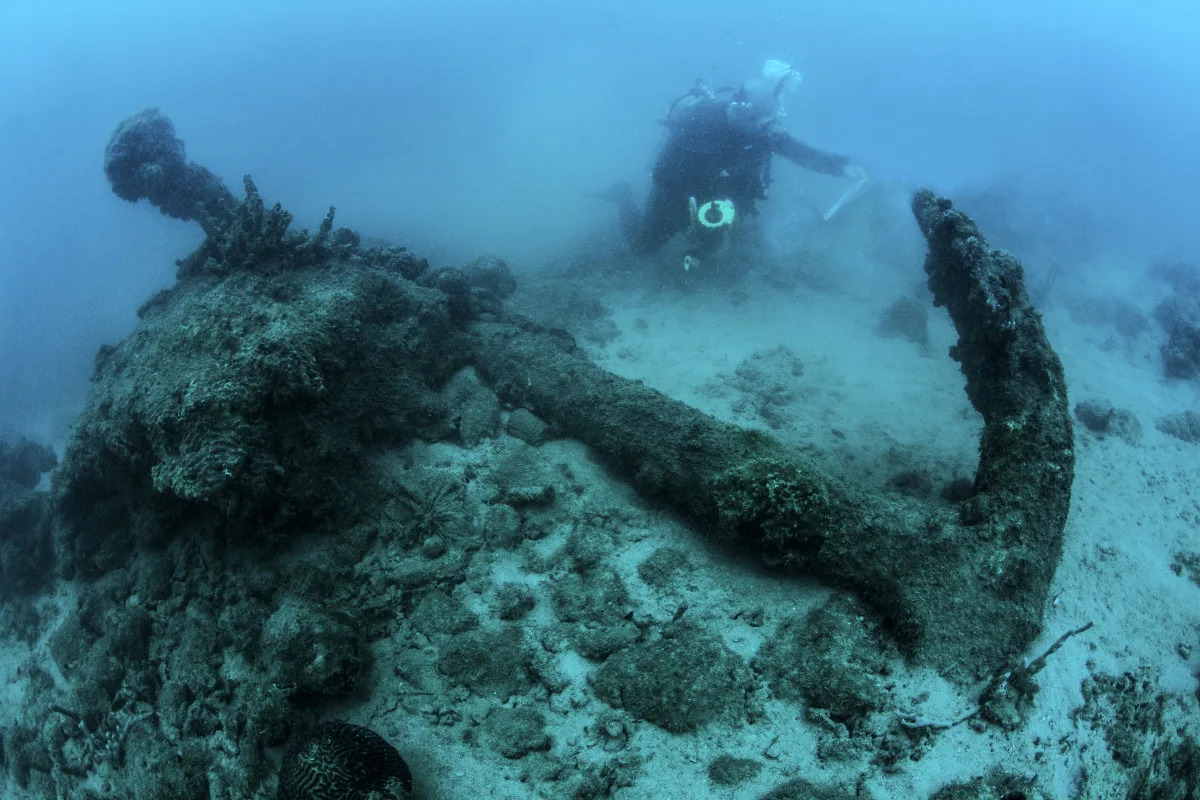
The Ming Dynasty marked a pivotal period in Chinese history. It characterized nearly 300 years of life in region and produced some valuable goods that often still survive to this day behind museum glass.
More than 400 years after the end of the dynasty, scientists are still uncovering treasures from this era. On June 13, China's National Cultural Heritage Administration announced that maritime archaeologists have recovered more than 900 pieces of cultural relics from two shipwrecks in the South China Sea. The mission started last year and was a joint endeavor by various research institutes and a local museum.
The two Ming Dynasty shipwrecks were first discovered in 2022 nearly 5,000 feet below the surface of the South China Sea. According to a statement from the Chinese government, researchers excavated 890 artifacts from the first one, including copper coins and porcelain and pottery items, and 38 pieces of history from the second one, such as lumber, porcelain and pottery products, turban shells, and deer antlers.
The finds seemingly indicate that the South China Sea was a well-traveled route for the Chinese back then. According to NCHA deputy head Guan Qiang, the ships likely saw some historic encounters and exchanges along the Maritime Silk Road. The discoveries at such a deep part of the ocean, Guan said, speak to incredible accomplishments in maritime archaeology.
You truly never know what lies beneath the surface.
Carvings on ancient stone discovery leave experts in awe
Andrea Vacchiano
Thu, June 13, 2024
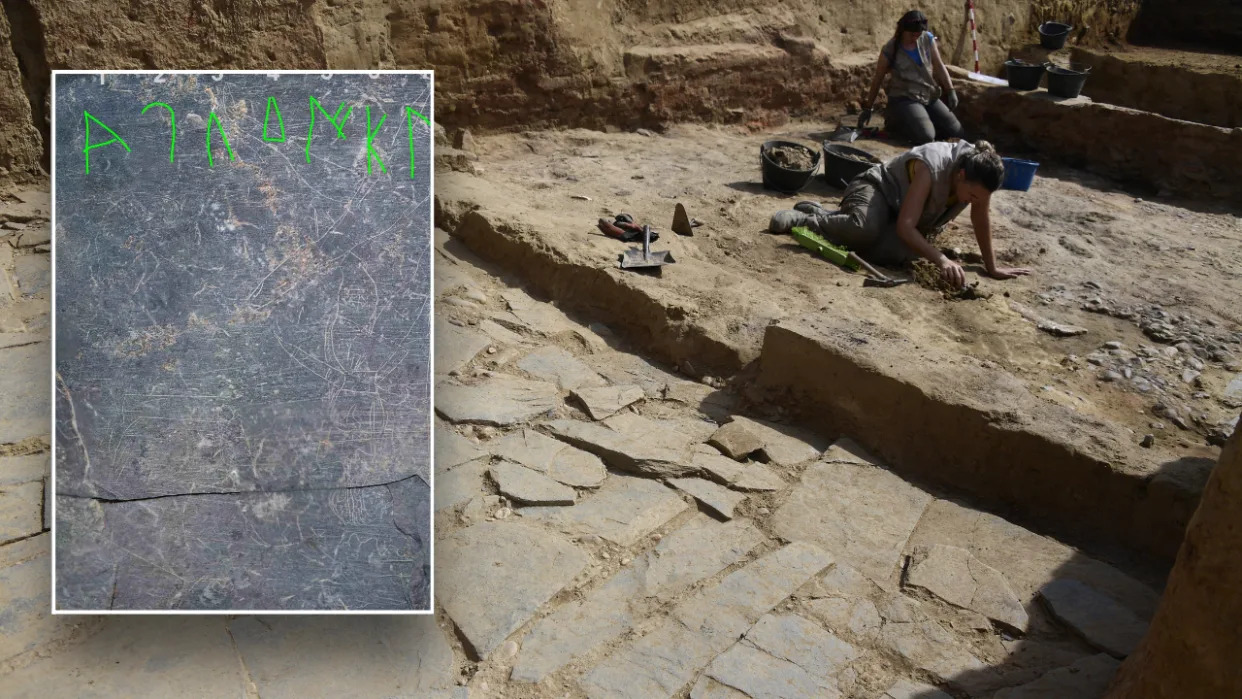
Carvings on ancient stone discovery leave experts in awe
Spanish archaeologists uncovered an ancient alphabet while excavating an ancient Tartessian site.
Spanish archaeologists recently announced the discovery of an ancient stone with perplexing symbols carved onto it.
The symbols, experts believe, are actually an ancient alphabet. If their interpretation of the tablet is correct, the slab is the third-ever "southern Paleo-Hispanic alphabet of which there is evidence," according to the Spanish National Research Council (CSIC).
In a press release translated from Spanish to English, CSIC explained that the stone was discovered at the Casas del Turuñuelo, which are Tartessian ruins in the southwestern Spanish province of Badajoz. The slate is around 8 inches long and dates back as early as 600 B.C.
Tartessos was an ancient civilization that occupied the southern Iberian Peninsula over 3,000 years ago. The civilization is considered "lost" because of how few remnants of it survive, and the discovery of the slate is part of a project called "Building Tartessus".
"[The study's] main objective is to characterize the Tartessian material culture through the architectural analysis of the large adobe buildings excavated in recent decades and introduce the concept of architecture as an integrated element in the territory," the CSIC's
On the stone tablet, experts identified "what appears to be a sequence of 21 signs drawn within the framework of the tablet on which figures were also found of warriors."
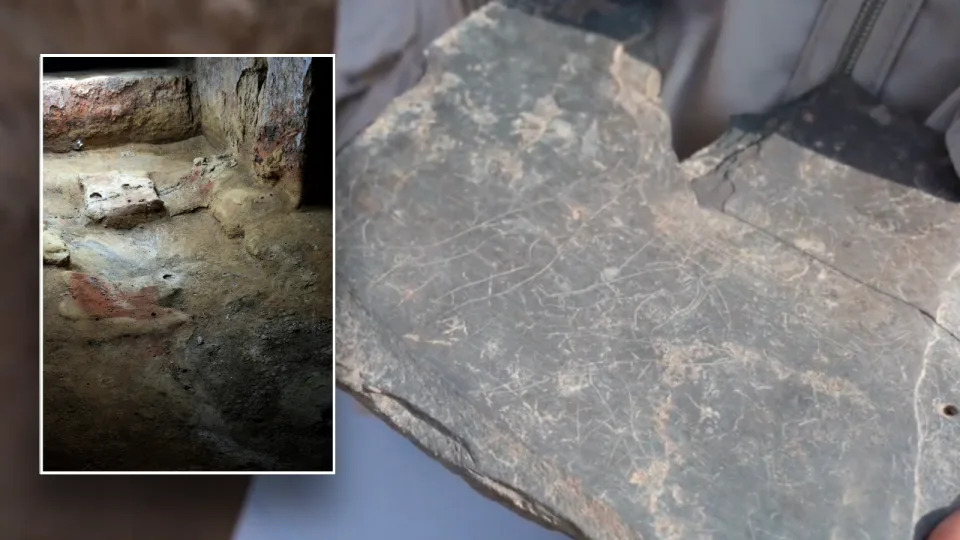
Tartessos was an ancient civilization that occupied the southern Iberian Peninsula over 3,000 years ago - and experts are working to decode the civilization's alphabet.
Joan Ferrer i Jané, a researcher from the University of Barcelona, recognized the artifact as Tartessian.
"Beyond the figures, when I looked at the plate, I saw that on one of the sides there seemed to be a Paleo-Hispanic sign, a sign that cannot be confused with any other," he explained. "Other strokes compatible with signs of a known sequence [were also seen]."
"This alphabet has 27 signs and is the only complete one we know to date," he added. "Another was found in the excavation of Villasviejas del Tamuja (Cáceres) but it is very fragmented, it only has some central signs… [this one] would be the third and would provide a lot of information."
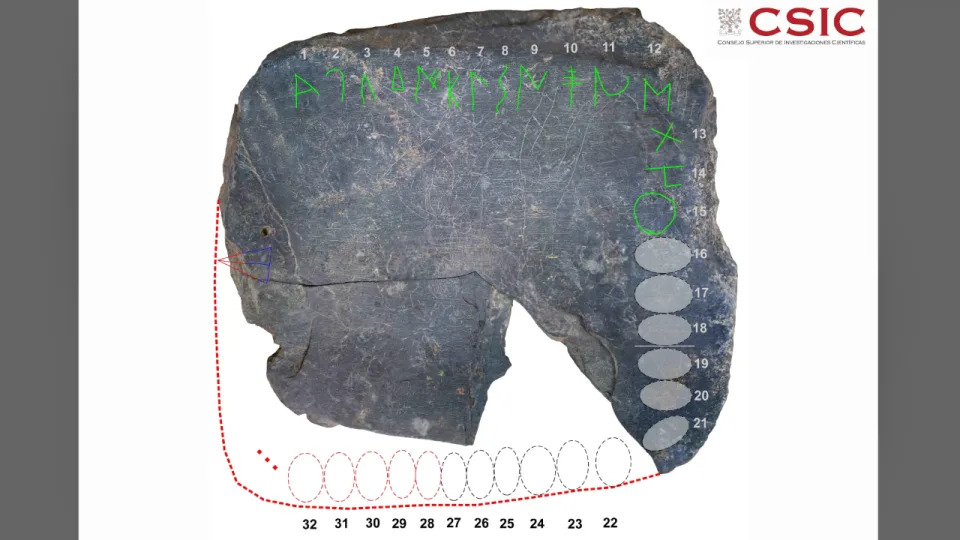
The Tartessian alphabet has some lost letters, experts believe.
According to CSIC, there are 21 signs, or letters, drawn on the tablet. It is considered incomplete, and experts believe it once held as many as 32 symbols.
"At least 6 signs would have been lost in the split area of the piece, but if it were completely symmetrical and the signs completely occupied three of the four sides of the plate it could reach 32 signs, so the lost signs could become eleven or perhaps more if a possible sign, ‘Tu’, isolated in the lateral quarter, were part of the alphabet," Ferrer explained.
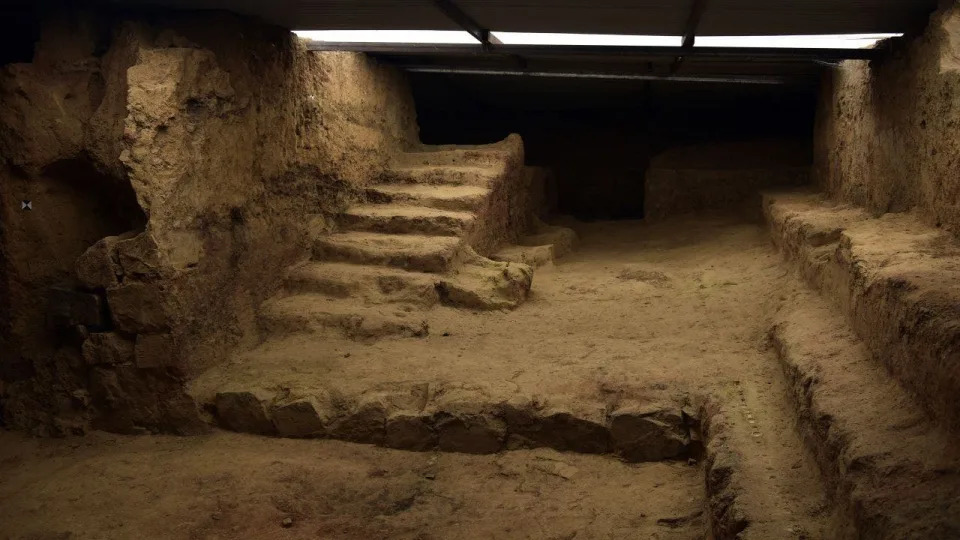
Picture shows the Casas de Turunuelo Tartessian archaeological site in Guarena, in the western Spanish region of Extremadura on April 17, 2024.
"After studying the images, everything indicates that it is a southern writing alphabet with the initial sequence ABeKaTuIKeLBaNS?ŚTaUE," he added.
Original article source: Carvings on ancient stone discovery leave experts in awe
No comments:
Post a Comment